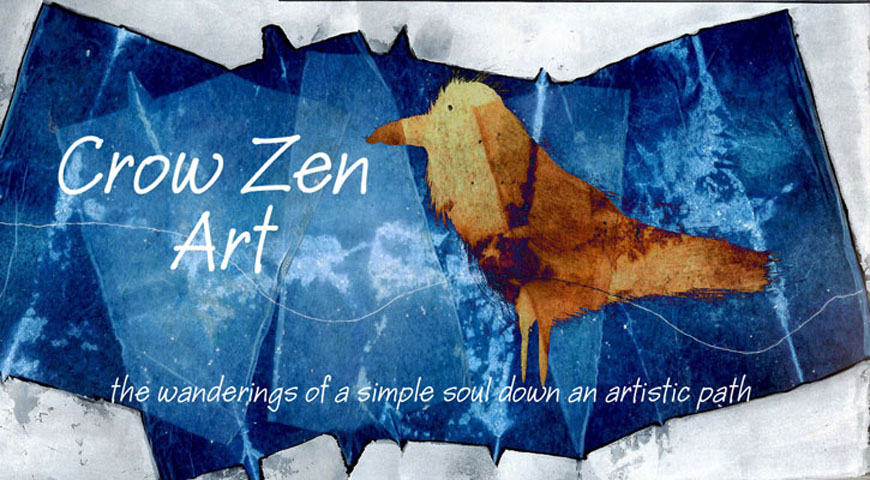The web - it's all connected somehow - holding the new grandbaby, traveling, mowing the pasture, winterizing the outdoor pipes, picking up wind fall branches, knitting socks, washing clothes, cutting blackberry canes while they aren't so prickly, creating a new kind of winter stew, sewing a new pattern, rowing on the Verite in Commencement Bay. One thing flows into the other. The spiral keeps adding a fiber. The days just pass by one after the other. It's all good.
Thursday, October 30, 2014
Saturday, October 11, 2014
On the Misty Moisty Moors
It has been a lovely autumn. I probably should have spent this past dry month in the garden rather than the studio. Instead I have been researching and experimenting with charred wood and sticks and mono printing a variety of natural and manmade materials. I'm searching of the right imagery to depict soil (the theme of a show next year). I have been using the hand pulled prints to make digital images that I can layer in Photoshop. Line over color, lines over lines. I have lost hours, days and now weeks in the process. My shoulders have been up around my ears as I hunch over the computer in search of just the right mix. Artist seldom talk about ergonomics but we should.
This past week the mornings started out misty, moisty, dewy, drippy. The cobwebs bejeweled and more spectacular than ever. I couldn't help but turn my attention to them. I wondered if I could use them somehow in my project? After all it is the web of life that I am trying to capture. Yes its perfect!
So, this is how I catch the webs.
The best time to collect a web is early of a dewy morning. The web can't be too bejeweled with water drops or it won't come out clear - as you can see from the second picture. I use black cardstock as it has more body in the damp air. I sneak up behind the web (make sure the spider isn't in it) and gently push the paper onto the web creating a slight bow so the web flattens against the paper. You will probably have to carefully break the fibers that extend beyond the paper. Typically these are the guide wires that hold the web in place - they are extra strong. It is a delicate operation so the web on the paper doesn't move. I return to the house where I carefully sprinkle the surface of the paper with white flour using a sieve. I want it to gently fall onto the paper. I make sure all the web lines are covered. After a few more seconds or so I tip the paper and tap the flour off. Yeah, cool! I spray the whole surface with a clear acrylic spray. I use care so I don't over spray the surface. I do one web at a time so that the moisture of the web doesn't damped the paper too much (otherwise it will attract the flour). This method will give you a web that will last for years. Each web is unique. I do however, limited myself on my collecting as it means somebody will be going hungry that night.
This past week the mornings started out misty, moisty, dewy, drippy. The cobwebs bejeweled and more spectacular than ever. I couldn't help but turn my attention to them. I wondered if I could use them somehow in my project? After all it is the web of life that I am trying to capture. Yes its perfect!
So, this is how I catch the webs.
The best time to collect a web is early of a dewy morning. The web can't be too bejeweled with water drops or it won't come out clear - as you can see from the second picture. I use black cardstock as it has more body in the damp air. I sneak up behind the web (make sure the spider isn't in it) and gently push the paper onto the web creating a slight bow so the web flattens against the paper. You will probably have to carefully break the fibers that extend beyond the paper. Typically these are the guide wires that hold the web in place - they are extra strong. It is a delicate operation so the web on the paper doesn't move. I return to the house where I carefully sprinkle the surface of the paper with white flour using a sieve. I want it to gently fall onto the paper. I make sure all the web lines are covered. After a few more seconds or so I tip the paper and tap the flour off. Yeah, cool! I spray the whole surface with a clear acrylic spray. I use care so I don't over spray the surface. I do one web at a time so that the moisture of the web doesn't damped the paper too much (otherwise it will attract the flour). This method will give you a web that will last for years. Each web is unique. I do however, limited myself on my collecting as it means somebody will be going hungry that night.
The above image is a geli mono-print image with
a spider web image over the top.
For the web I used the digital effect - invert so the lines are black.
I guess the next thing to do is find a spider willing to have her picture
taken for the center fold.
Subscribe to:
Posts (Atom)







